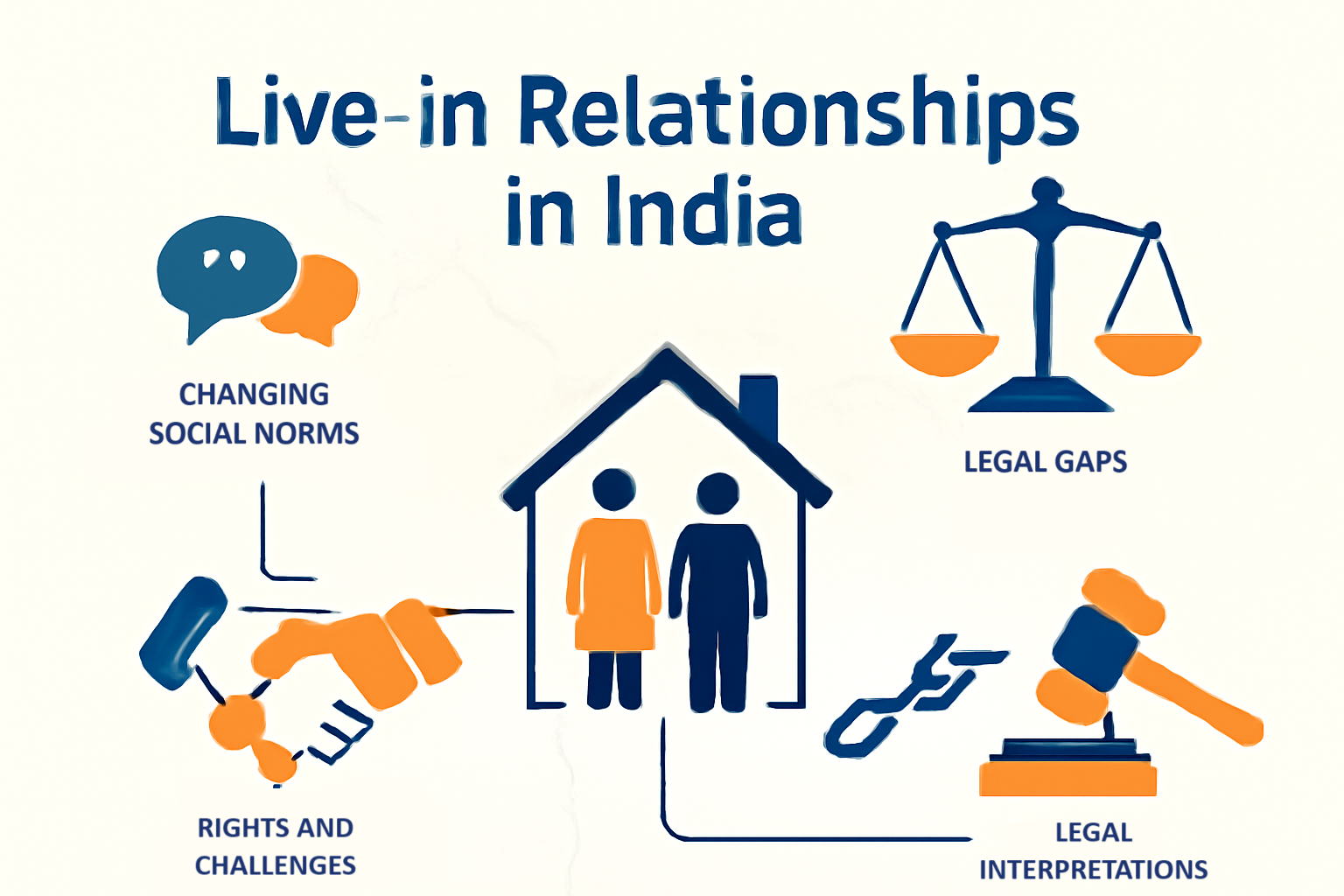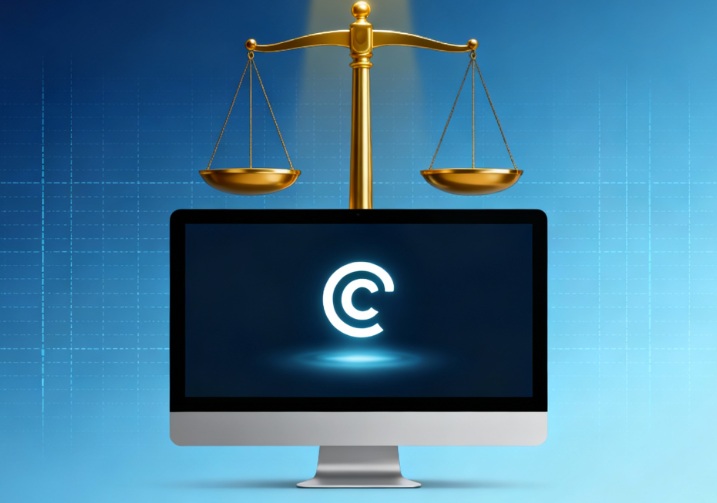Published On: 8th February, 2024
Authored By: Sneh Singh
Babasaheb Bhimrao Ambedkar University (A Central University), Lucknow
INTRODUCTION
Education is a Nation’s Strength. The world has come to understand that a state’s educational system directly affects its ability to succeed economically. A developed country is invariably an educated country. To promote economic and industrial development in a country, the ability to develop skilled labor of sufficient quantity and quality is a must. There were 20 universities, 591 colleges, and 0.2 million tertiary students enrolled in education at the start of India’s independence. The increase has been astounding since independence. With facilities for instruction and training in practically every facet of human creation and intellectual pursuit, India today boasts a highly developed higher education system. With respect to enrollment, India’s higher education system is the third biggest in the world, behind only the United States and China. The function of colleges and universities in the new millennium, increased responsibility and openness, and the significance of newly developing scientific studies on human learning are all necessary. India needs highly educated and competent individuals to propel our economy. India can easily transform our country from a developing to a developed one because it exports highly trained workers to other nations.
HISTORICAL CONTEXT
India’s traditional educational system has a long history that is profoundly anchored in cultural and philosophical ideals. Historically, education was delivered through Gurukuls, which were informal learning centers where students lived with their gurus (teachers). The curriculum emphasized whole-person development, which included moral principles, the arts, science, and physical health. Sanskrit and ancient writings served as the foundation for education. The Gurukul system promoted a tight teacher-student relationship while emphasizing experiential and personalized learning. However, access to education was frequently restricted to the favored class, and the system underwent changes with the arrival of colonial administration. The advent of Western educational paradigms influenced the progress of the traditional system greatly, setting the way for the formalization of modern education in post-independence India.
India made extensive educational changes following independence, with the goal of overcoming historical difficulties and promoting comprehensive and equitable access to education. The 1968 National Policy on Education (NPE) was a watershed moment that emphasized shared educational organization and curriculum. It established the 10+2+3 education system, which outlined ten years of general education, two years of secondary school, and three years of higher education.
The Sarva Shiksha Abhiyan (SSA), which was launched in 2001, sought to give universal access to high-quality primary education. It aimed to improve infrastructure, teacher quality, and community involvement.
The Right to Education Act (RTE) of 2009 was a watershed event in education by giving it a basic right for children aged 6 to 14. The Act’s goals included ensuring free and compulsory education, outlawing discrimination, and establishing infrastructural and teacher-student ratio standards. The most recent comprehensive reform is the 2020 New Education Policy (NEP). It places a premium on adaptability, multidisciplinary education, and a holistic approach. The NEP aims to combine vocational education, decrease rote learning, and encourage critical thinking and creativity. These post-independence reforms demonstrate India’s aim to construct a more inclusive, relevant, and quality-oriented education system.
Regional differences with unequal access to resources, a persisting socioeconomic divide influencing educational chances, and language-cultural barriers impeding a unified curriculum have all been historical challenges in Indian education. Traditional educational arrangements frequently favored the upper crust. Following independence, issues included disparities between state and central education boards, resulting in disparate curricula and evaluation procedures. Overcoming these obstacles has been critical in developing an inclusive and equitable education system that addresses historical disparities and ensures quality education for all, regardless of geography, socioeconomic background, or cultural variety.
In India, many education boards, including state and central boards, have had a considerable impact on the educational environment. Disagreements in syllabi, evaluation techniques, and educational standards have resulted from the cohabitation of numerous boards. This variability frequently causes problems for pupils during college admissions and competitive assessments. Regional differences in educational approaches also contribute to gaps in educational quality. Addressing these issues is critical to developing a more consistent and fair education system, which is necessary for encouraging equal opportunities and mobility for students across the country. The impact of varied education boards emphasizes the need for reforms that will lead to a more standardized and inclusive educational environment.
NEED FOR A UNIFIED EDUCATION SYSTEM
The need for a unified education system in India is underscored by several factors that collectively impact the quality, accessibility, and overall effectiveness of the education imparted to students across the nation. Here is a detailed exploration of the key reasons supporting the call for a unified education system:
1. Disparities in Educational Standards:
- Regional Disparities: Educational standards vary significantly among states, leading to an uneven distribution of resources, infrastructure, and teaching quality.
- Quality Assurance: A unified system can establish common standards, ensuring a consistent and high-quality education experience for all students.
2. Challenges Faced by Students:
- Transition Between Boards: Students often face challenges when transitioning between different education boards, coping with diverse syllabi, teaching methods, and evaluation criteria.
- Competitive Exams: Standardized tests and competitive exams become more challenging due to variations in the difficulty levels and content covered by different boards.
3. Economic and Social Implications:
- Employability: A standardized education system enhances the employability of students nationally, as employers can have confidence in a consistent educational background.
- Social Mobility: A uniform system promotes social mobility, ensuring that educational opportunities are not limited by geographical location or socio-economic status.
4. Curbing Inequality:
- Socioeconomic Divide: A unified system helps bridge the socioeconomic divide by providing equal educational opportunities to students from diverse backgrounds.
- Addressing Discrimination: It helps in addressing discrimination based on the type of school or education board, ensuring equal treatment for all students.
5. Facilitating Policy Implementation:
- Ease of Policy Implementation: A unified system simplifies the implementation of education policies at the national level, making it more efficient and effective.
- Consistent Policy Impact: Policies and reforms can have a more consistent impact when applied uniformly across the education system.
6. Enhanced Educational Mobility:
- Inter-State Mobility: Students moving between states due to reasons like family relocation or personal choices face fewer challenges when the education system is consistent.
- National Integration: A unified education system fosters a sense of national integration by providing a shared educational experience to students across the country.
7. Global Competitiveness:
- International Recognition: A standardized education system enhances the international recognition of Indian qualifications, contributing to global competitiveness.
- Alignment with Global Standards: It ensures that Indian students are prepared according to global educational standards.
8. Technology Integration:
- E-Learning Platforms: A unified system facilitates the integration of technology and e-learning platforms, ensuring more seamless and equitable access to educational resources for all students.
9. Efficient Resource Allocation:
- Optimal Resource Utilization: A uniform education system allows for more efficient allocation of resources, minimizing disparities in educational infrastructure, teaching staff, and educational materials.
CHALLENGES AND CONCERNS
The transition towards a unified education system in India faces various challenges and concerns that must be carefully addressed to ensure successful implementation. One of the most significant problems is the deeply rooted reluctance to change existing educational systems. Teachers, parents, and institutions may be averse to changing traditional curricula and approaches, fearing disruption and potential disadvantages. Furthermore, India’s vast cultural and linguistic variety presents a significant obstacle. A sophisticated approach is required to balance the necessity for a common language of education with the preservation of regional languages and cultural idiosyncrasies. Another obstacle is implementation logistics, as the huge and diverse country necessitates careful planning to address infrastructure, training, and resource allocation issues. Striking a balance between standardization for consistency and local modification to satisfy region-specific needs is a tricky endeavor that necessitates system flexibility. Economic consequences, such as the financial burden on nations and institutions, as well as equitable resource allocation, complicate the shift even more. Developing fair and standardized evaluation systems, universally integrating technology, and ensuring inclusivity for special needs schooling all add layers of difficulty. Additional challenges that necessitate strategic solutions include political will, policy stability, public awareness, and capacity building.
PROSPECTIVE BENEFIT OF UNIFIED SYSTEM
A unified education system in India contains various potential benefits. For starters, it would reduce regional inequities by ensuring that all students, regardless of geography, had fair access to high-quality education. Standardization would make educational transfers easier, removing obstacles experienced by students transferring across states and boards. As a result, educational mobility and national integration improve. A standardized system could increase overall educational quality by maintaining a consistent and improved standard. Economically, it would promote a more skilled and employable workforce, boosting the country’s worldwide competitiveness. A single system also streamlines policy implementation, making it more efficient and effective.
GOVERNMENT INITIATIVES AND REFORMS
The New Education Policy (NEP) of 2020 is the most recent comprehensive reform, emphasizing flexibility, multidisciplinary education, and technological integration. These projects demonstrate a commitment to tackling historical difficulties, maintaining diversity, and modifying education to suit the requirements of a fast-changing global world. The government’s emphasis on legislative improvements, infrastructural expansion, and boosting education quality demonstrates its commitment to developing a healthy and equitable education system in India.
COMPARATIVE ANALYSIS
Examining successful models from other nations might provide important insights into the problems and benefits of standardization. Countries such as Finland, Singapore, and Canada, for example, have successfully established unified education systems. A stable curriculum and teacher preparation have resulted in continuously high educational standards in Finland. Singapore’s centralized education system has aided its international competitiveness. In contrast, the United States’ decentralized strategy highlights the complexity and inequities that may occur. Comparative studies of these systems enable policymakers and educators to learn vital lessons while implementing best practices and avoiding errors. These case studies highlight the importance of a complex and context-specific strategy that takes cultural, social, and economic issues into account. As India considers moving towards a unified system, a detailed assessment of these global issues is necessary.
RECOMMENDATION FOR IMPLEMENTATION
A well-planned strategy is required to achieve the successful implementation of a unified education system in India. The process should start with a staged shift, allowing for testing and fine-tuning in specific regions or states before going nationwide. Stakeholder consultation, which includes educators, parents, lawmakers, and students, is crucial for gathering varied opinions and addressing concerns. Comprehensive professional development for teachers, equipping them with the skills required for the new curriculum and teaching approaches, should be a main focus. Concurrently, prioritizing infrastructure enhancements is critical for bridging urban-rural divides and providing equitable access to modern facilities.
Standardized evaluations that include ongoing reviews will aid in tracking student growth and system success. To address such concerns, public awareness efforts must be conducted to promote the benefits and goals of the unified system. Balancing standardization with flexibility allows for regional and cultural differences, promoting inclusivity. Using technology for e-learning platforms and digital resources ensures a contemporary educational experience. Data-driven modifications will be possible with a strong monitoring and assessment system and incremental improvements. Stability in educational policies, community engagement, and a long-term vision are essential for long-term success. By implementing these recommendations, India will be able to negotiate the obstacles to implementation and lay the groundwork for a united, inclusive, and high-quality education system.
CONCLUSION
In conclusion, the legal perspective on the “One Nation, One Education” initiative underscores the intricate interplay between constitutional principles, legislative frameworks, and judicial oversight in shaping the future of education. The examination of constitutional provisions demonstrates the complex balancing act required to negotiate federalism while maintaining a consistent national approach to education. Because education is primarily a state responsibility, legal analysis is critical in assessing the level of federal intervention and the protection of individual and state rights. Judicial precedents and case law contribute to the growing legal landscape by emphasizing the importance of aligning educational policies with constitutional principles and safeguarding the rights of diverse stakeholders.
To pave the path for a successful and fair national education system, the conclusion emphasizes the importance of a complex legal framework that resolves inequities, fosters diversity and protects constitutional ideals.
REFERENCES
- The problem of National Education in India: Lajpat Rai, Lala, 1865-1928: Free Download, borrow, and streaming (no date) Internet Archive. Available at: https://archive.org/details/problemofnationa00lajprich (Accessed: 16 December 2023).
- Sheikh, Y.A. (2016) Higher Education in India: Challenges and opportunities., Journal of Education and Practice. Available at: https://eric.ed.gov/?id=EJ1131773 (Accessed: 16 December 2023).
- Network, L.N. (2023) CBSE opposes the ‘one nation, One Education Board’ plea in Delhi High Court; says a child can better relate to curriculum based on local context, culture, and Live Law. Available at: https://www.livelaw.in/top-stories/cbse-opposes-one-nation-one-education-board-plea-in-delhi-court-says-child-curriculum-based-local-context-culture-239091 (Accessed: 16 December 2023).




